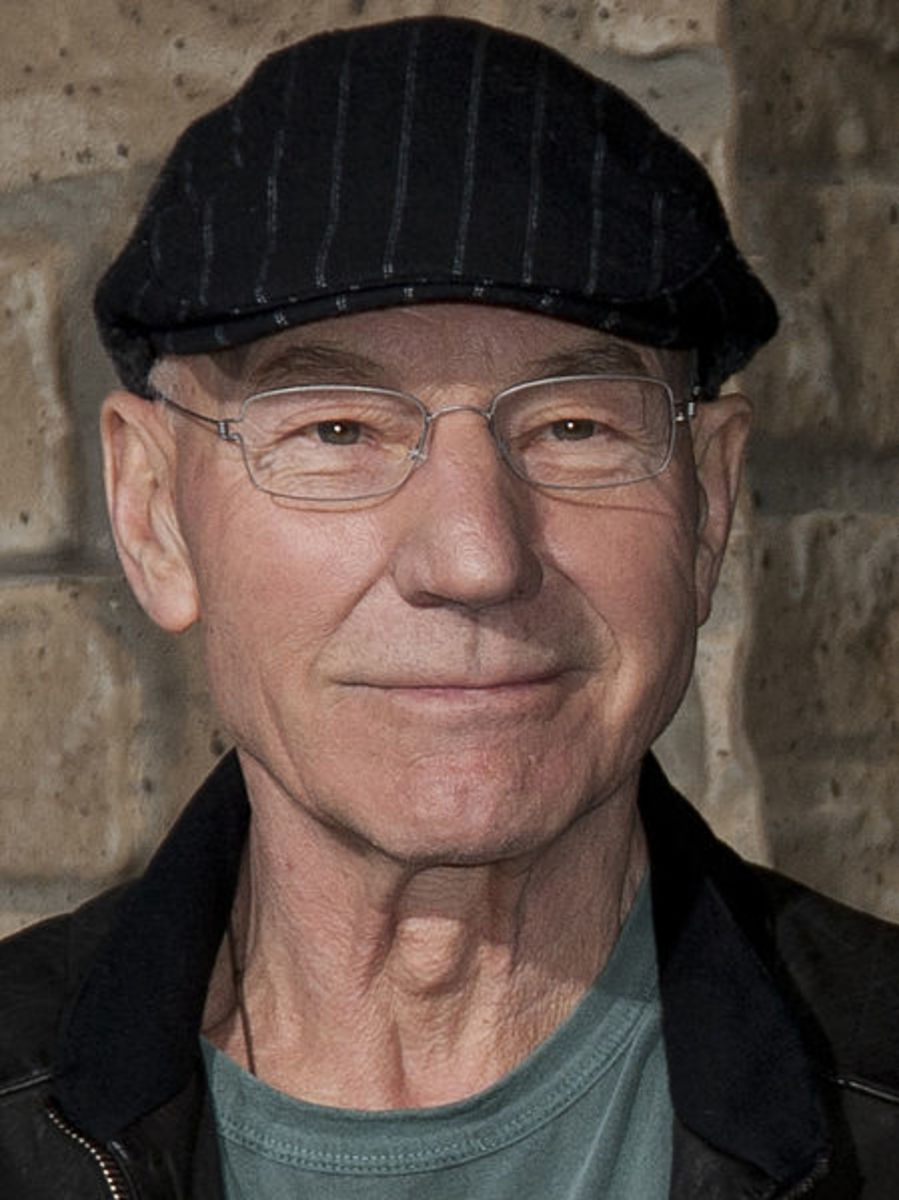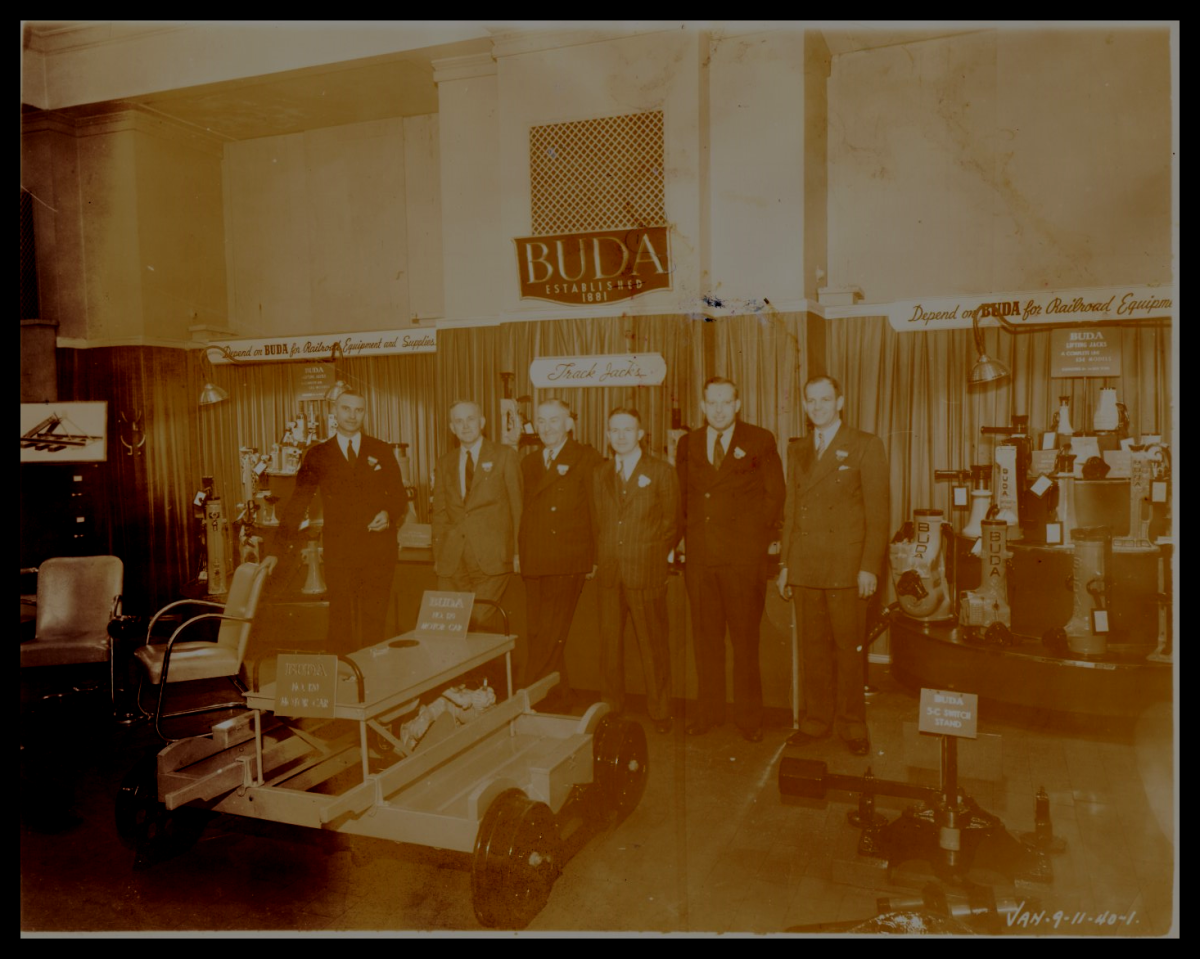Charles Stewart Rolls and the Beginning of Rolls-Royce
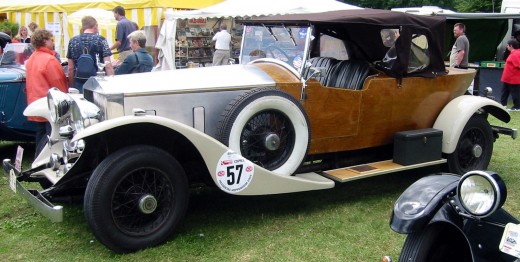
Charles Stewart Rolls was born on August 27, 1877, in Berkeley Square, London, England. Rolls was the son of privilege--his father was the First Baron Llangattock, and Rolls, though born and partly brought up in London, England, maintained strong ties with his Welsh ancestral home, called, The Hendre, near Monmouth,, in Wales.
The Hendre, in Wales
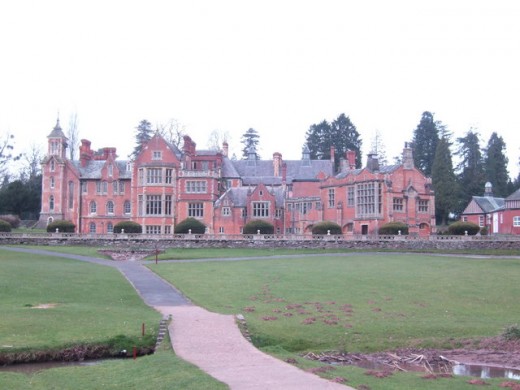
Charls Stewart Rolls went to the Mortimer Vicarage Preparatory School, in Berkshire, England. He then went to Eton; he was at a very early age interested in engines, mechanical engineering, and automobiles. Automobiles were a brand-new industry in Charles Rolls' s youth, and he was fascinated by the potential for speed. He was branded with the nickname "dirty Rolls" at Eton, because he was inevitably to be found, covered in dirt, grime and oil, taking apart or putting together a piece of machinery, preferably an automobile if one could be had.
At 17 years of age, Charles Rolls attended a private "crammer", with one-on-one tutoring, to enable him to enter Trinity College at Cambridge. This indicates he wasn't the best student in the world for things that didn't interest him, like classical languages; Greek, or Latin. He studied Mechanical and Applied Science at Cambridge, and when he was still just 18 years old, he went to Paris to buy his first car--a Peugeot Phaeton, and joined the Automobile Club of France. (There wasn't an Automobile Club in either England or Wales at this time.)
Charles was the first person to own a car in Cambridge. His car was one of only three cars in Wales. Charles was a pioneer, in so many ways...he also joined the Self-Propelled Traffic Association of England (later to become the English Automobile Club). The purpose of this group was to protest against some really silly laws of the Locomotive Act, like the following one:
The Locomotive Act imposed a speed limit of 4 miles per hour; the motorcar followed behind a man wearing a hat with a red band, marked "Locomotive Attendant", who walked in front of the car.
Charles graduated from Cambridge in 1898; he worked on the steam yacht Santa Maria,followed by an engineering position with the London and Northwest Railway. In January 1903, Charles Rolls started one of Great Britain's first car dealerships, C.S. Rolls and Company, based in Fulham. There were no English-made cars at this time. All the cars he sold were imported from France or Belgium. They were either Peugeots (French) or Minervas (Belgian).
Charles Rolls met Henry Royce at the Midlands Hotel in Manchester on May 4, 1904, and the rest, as they say, is history. Charles had seen Royce's car and was impressed with the two-cylinder Royce 10, and agree to take all the cars Royce could make, selling them at Charles's dealership. The cars would be badged "Rolls-Royce", the name "Rolls" having more advertising prestige. Rolls provided the financial backing and promotional acumen; Royce provided the designs and the technical expertise. It was a business marriage made in heaven.
These first cars were about 10 horsepower; they could travel up to the exhilarating speeds of 15 and even 20 miles per hour!!
Suggested Retail Price: $447,000
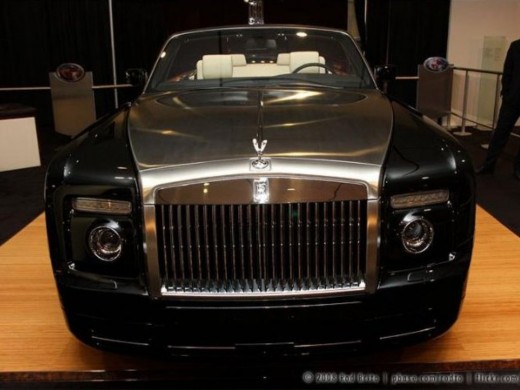
Rolls-Royce soon became the hallmark of excellence! Charles Rolls emphasized the quietness and reliability of the Rolls-Royce. He travelled to the United States to promote these vehicles, and by 1907, the Rolls-Royce cars were winning awards.
Charles Rolls was also a pioneer aviator. He originally flew in balloons; he was a brave, fearless balloonist, making over 170 balloon ascents. Additionally, he was a founding member of the Royal Aero Club and in 1903 became the second licensed pilot in Great Britain.
Rolls attempted (unsuccessfully) to get Royce to design an airplane. When this project fell through, Charles Rolls bought one of the six Wright Flyer aircraft; he flew this plane over 200 times, before fatally crashing at Hengistbury Airfield, Bournemouth, England, on July 10, 1910, when the tail of the plane fell off during a flying exhibition. Charles Rolls was not quite 33 years of age.
Charles Stewart Rolls
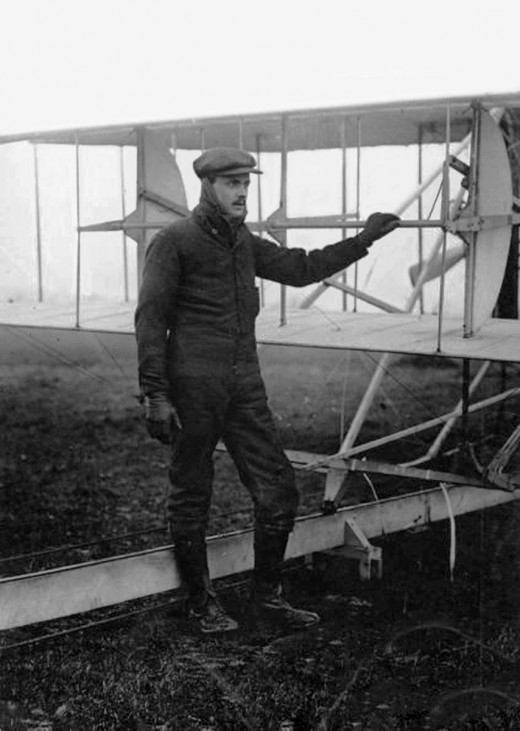
WOULD YOU BUY A ROLLS-ROYCE, IF YOU COULD?
- Rolls-Royce Motor Cars
Since 1904 Rolls-Royce has created instantly recognisable motor cars that have made the marque an enduring icon all over the world.



